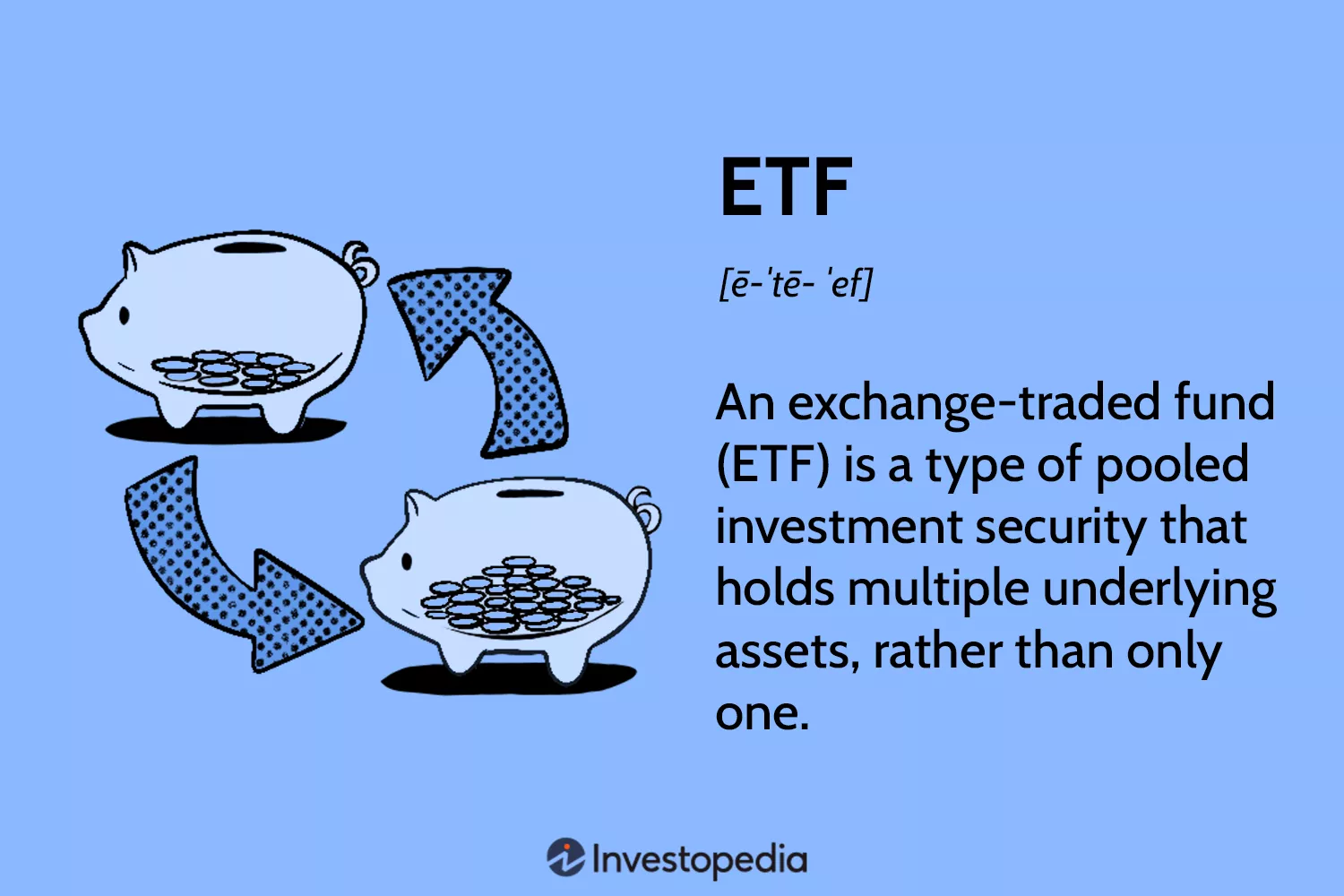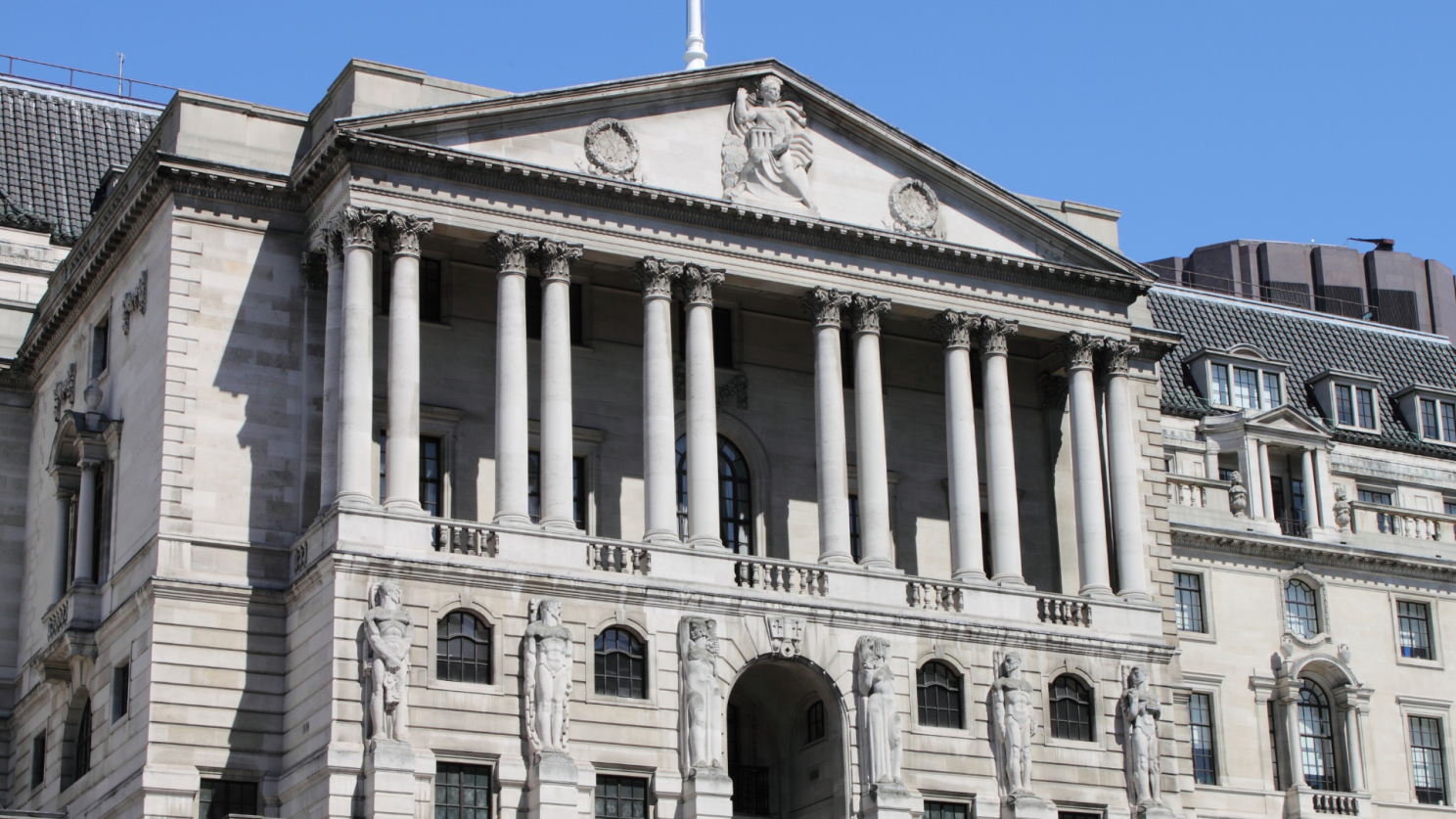

The recent surge in physical gold and silver shipments from London to U.S. COMEX warehouses has triggered widespread concern about the stability of paper-based precious metals markets. The speculation is that this movement could expose a larger issue regarding the discrepancy between paper assets (like ETFs and futures contracts) and the actual physical metal backing them. However, to fully understand the situation, a more nuanced take is needed, considering multiple angles and factors that the original arguments might not fully address.
The transfer of 11 million ounces of gold and 40 million ounces of silver to COMEX vaults is certainly significant. However, its implications need to be put into context. Global gold holdings exceed 3 billion ounces, and the silver market is similarly vast. While these movements are notable, they could simply reflect tactical shifts rather than a systemic breakdown.
These movements may be driven by traders hedging against the possibility of U.S. tariffs, fulfilling delivery obligations at COMEX, or rebalancing inventories. COMEX, as a futures exchange, requires physical delivery for contracts to be settled, which makes the metal inflows understandable within this context. The concern should not necessarily be about a depletion of London’s vaults, but rather a shift in market dynamics, including a preference for the transparency that COMEX warehouses may offer.

One of the main concerns is that ETFs like SLV might not have the physical metal they claim, due to rehypothecation, the practice of leasing out metal to third parties. While rehypothecation is disclosed in ETF prospectuses, it introduces counterparty risk. In normal conditions, ETFs are audited, regulated, and expected to maintain physical backing for their shares. However, in stressed conditions, investors might struggle to retrieve the metal they believe is theirs, as the metal may have been leased out or pledged as collateral in other transactions. The real issue here is not a complete lack of metal, but rather the liquidity and accessibility of metal during a crisis. Investors should be aware that ETFs, while convenient, carry structural risks similar to fractional-reserve banking.

The London Bullion Market Association (LBMA) and COMEX serve different purposes. The LBMA operates primarily as an over the counter (OTC) market, which relies heavily on unallocated accounts. Unallocated accounts are simply promises to deliver metal, rather than specific bars, which enhances liquidity but obscures the physical availability of the metal. This system works well in normal conditions but can face stress when there is an increased demand for physical delivery. COMEX, on the other hand, deals with specific contracts tied to standardized delivery points and locations, which could explain why metal is flowing into COMEX warehouses—there is more certainty and transparency about the delivery of metal on this exchange.
This migration may not signal the failure of London’s vault system but could instead be an adaptation to changing market preferences. In other words, it may reflect a shift in how traders and investors view the safety and liquidity of physical metal, rather than a collapse of the paper market.

Some articles suggests that delays in retrieving bullion from the Bank of England indicate potential shortages, but it is important to consider alternative explanations. The delays could be the result of surging demand, operational bottlenecks, or logistical inefficiencies, not necessarily a lack of metal. Historical precedents, such as the gold delivery squeeze during the COVID-19 pandemic, show that logistical disruptions can be misinterpreted as physical shortages. Without explicit data on the Bank’s vault inventory, attributing delays solely to shortages remains speculative.
The fragility of the paper metal market is a valid concern, but this is not a new phenomenon. Over the years, markets have faced similar stresses, such as the 1980s silver crisis and the 2022 nickel squeeze. These events demonstrated the market’s ability to adapt, albeit with increased volatility. In such situations, institutions like central banks and bullion banks often intervene to stabilize the market, using tools such as leasing gold or adjusting contract terms. While these interventions may reduce the credibility of the paper market, they can also prevent a complete collapse. Regulatory mechanisms, such as position limits or trading halts, could be employed to manage the situation and prevent panic selling, though they may come at the cost of market transparency and trust.
The movement of metal might also be influenced by geopolitical considerations. The U.S. tariff threat could be motivating traders to move metal to the U.S. as a hedge, but other factors such as global trade flows and policy shifts might also play a role. Investors’ behavior will be critical in this situation: while retail investors might panic and sell ETFs in response to rumors of inadequate backing, institutional investors are more likely to understand the nuances of paper claims and the challenges of physical liquidity. As such, any potential sell-off might be dampened by these more experienced market participants.
The recent surge in shipments of gold and silver from London to the U.S. has sparked fears about the fragility of the paper-based precious metals market, but the situation is more complex than it might initially seem. The market is experiencing a tension between physical scarcity and paper liquidity, but it has dealt with such challenges before. The outflow of metal could reflect tactical market shifts rather than the beginning of a collapse.
Instead of signaling an inevitable “reckoning” or exposing a “charade,” this episode underscores the complexity and resilience of the global commodity markets. While physical premiums for gold and silver may rise, it’s unlikely that the paper market will collapse entirely, even if its trust is undermined. The system may undergo a period of stress and volatility, but it will likely adapt, with regulators and institutional players stepping in to stabilize the situation. What’s needed now is greater transparency in the metal leasing and ETF practices, so that investors better understand the risks they are taking.
Ultimately, this situation reflects the enduring complexity of precious metals markets, where perceived crises often reveal systemic resilience as much as they expose vulnerabilities. The path forward will likely involve incremental reforms rather than an apocalyptic reckoning.
https://econanalytics.substack.com/p/massive-vault-moves-from-london-to